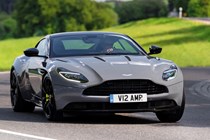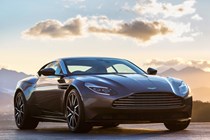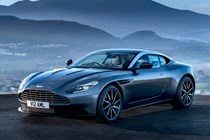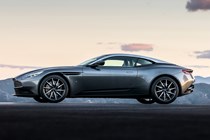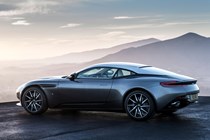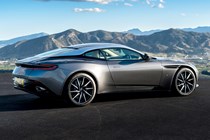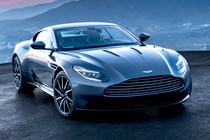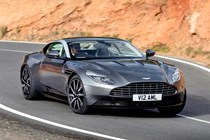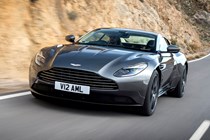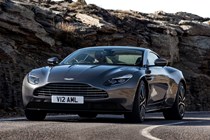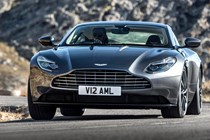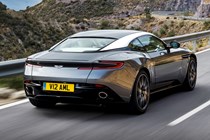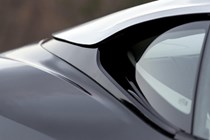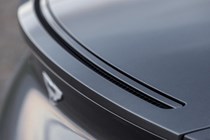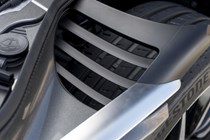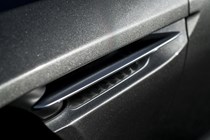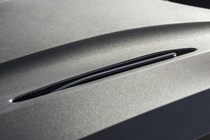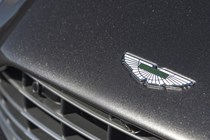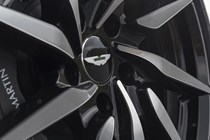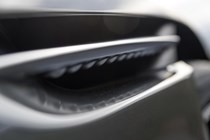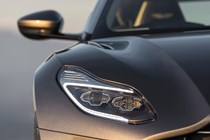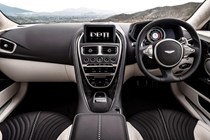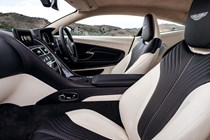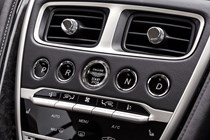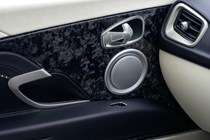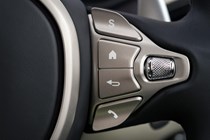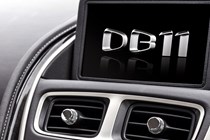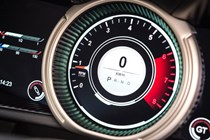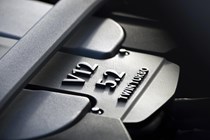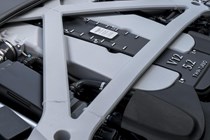Aston Martin DB11 Coupe (2016-2023) engines, drive and performance
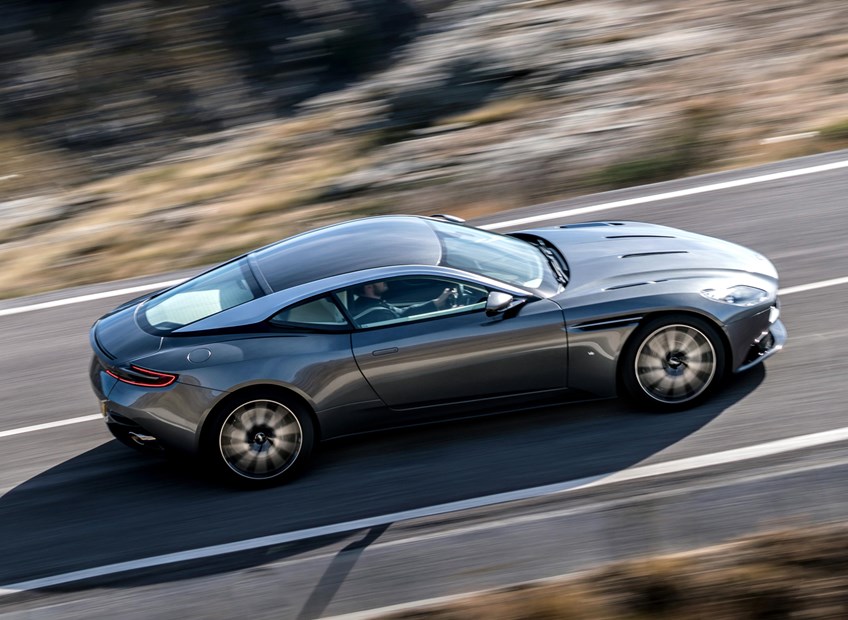
- V12 delivers aural magic
- V8 less musical, but still plenty fast
- Both quite different to drive
V8
This might come as a bit of a surprise, but this option is actually made by Mercedes-AMG in Germany. Even those after a thoroughly British experience shouldn’t be put off by this however.
All told, the V8 makes 521hp, which is plenty. From low down there’s instant response with barely a hint of turbo lag. Importantly you don’t feel short changed compared with the larger and more expensive engine, and it still makes a good noise.
V12
The twin-turbocharged engine produces 621bhp and 700Nm of torque, and provides a big step up in performance over the V8. In fact the DB11’s 3.7sec 0-60mph time and 208mph top speed almost matches much, much more extreme machines.
Unlike many high-performance cars that have switched to turbocharging, the DB11’s V12 still retains much of the aural magic that many buyers will be after. You get that wonderful flare of revs when the engine first fires (unless you’ve given the starter button a long press to activate the ‘quiet start mode’ to keep your neighbours happy) and the richly textured tune coming from the exhausts under hard acceleration is a real joy to hear.
This engine’s substantial low-down and mid-range pull makes it feel like a far more effortlessly accelerative machine than the V8. Turbo lag is well contained and the excellent eight-speed automatic gearbox is only occasionally wrong-footed.
What’s it like to drive?
- Exciting handling
- Body roll well contained
- Surprisingly adept at low speed
A switch above the steering wheel spoke lets you flick between three driving modes: GT, Sport and Sport Plus. In GT mode the gearbox assumes a relaxed demeanour, gearshift strategy, throttle response and exhaust sound, each becoming more aggressive as you progress through the modes.
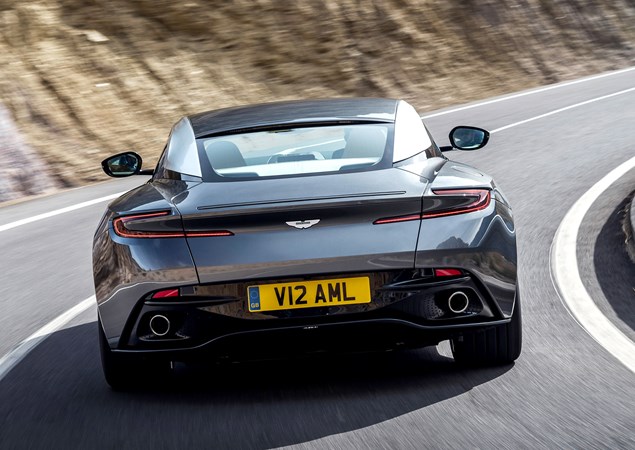
Although Aston has tried to create a more GT-like car with the DB11 there’s still an expectation of sports car handling with any car wearing the DB badge. And thanks to an even weight distribution the DB11 handles extremely well. It’s a large car, over 4.7m long and almost 1800kg, but there’s little evidence of understeer and the rear tyres seem more than brawny enough to cope with the engine’s prodigious torque.
The steering ratio is quick enough to make it feel noticeably alert when turning, but not so fast that it requires any kind of acclimatising process, like a Ferrari Roma.
The steering is electrically- rather than hydraulically assisted and, while pleasingly accurate, has lost some of the detailed feedback that made older Astons so enjoyable to drive even at low speeds. Aston says that was a deliberate move designed to promote the DB11’s role as a relaxing long-distance companion, and to make parking easier for those who plan to use their cars every day.
For the same reason, in the adaptive dampers’ basic GT setting, the body is allowed to move quite freely. Some will prefer the suspension to take a tighter grip even in normal driving, and would be advised to use the chassis’ Sport mode. Certainly for any kind of enthusiastic use, Sport is the preferred option. Sport Plus is best reserved for race tracks and ultra-smooth surfaces.


